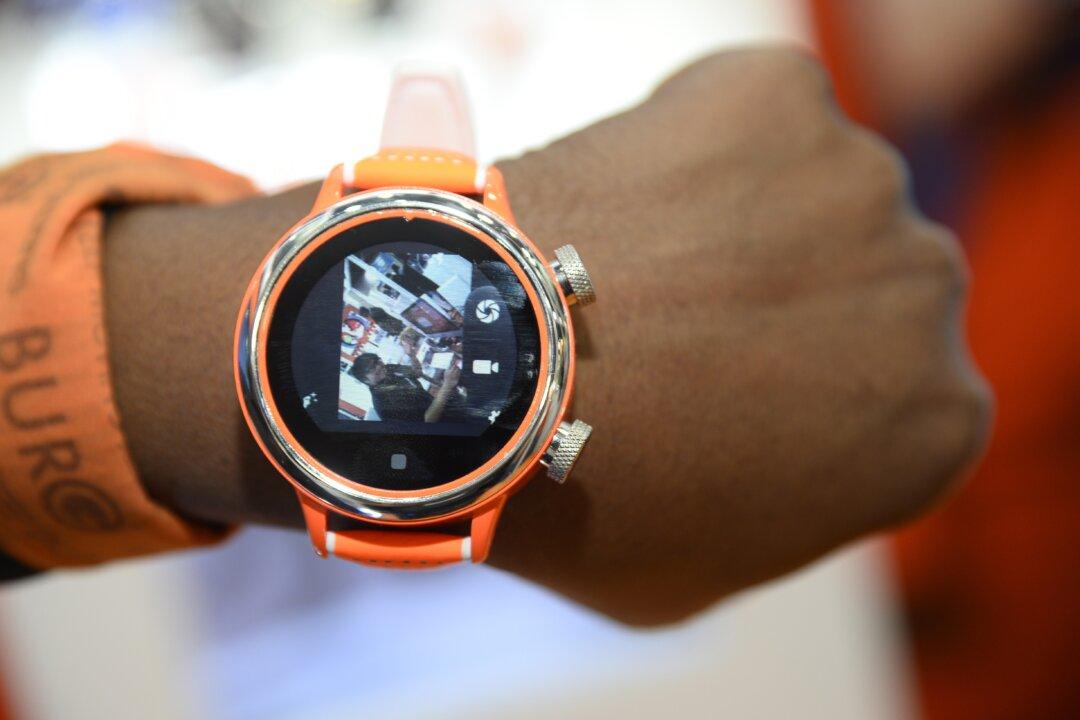As the rate of technological evolution increases ever rapidly, a debate is emerging between those who believe that humanity’s challenges may be addressed by openly embracing technology, and those who feel that we’ve become too reliant upon it.
No matter what side one may be on, however, it is difficult to deny the trend that digital products can now more easily anticipate and react to our needs in the moment. Nowhere is this more obvious than with the rise of wearable technology: smart bands, health trackers, smart clothing, and so on.
While there are a number of factors that may be driving this trend, the evolution of mobile computing has been the biggest catalyst. Ever since the smartphone industry began in earnest in the early 2000s, mobile phones have become smarter and more powerful each year.
It was 2007’s introduction of the Apple iPhone that really brought the notion of personalized mobile computing to the masses. With arrays of sensors, front-facing cameras, the ability to support user-installed applications, and more, Apple and others who followed their lead gave us the ability to carry highly personalized, real-time assistants wherever we go.
